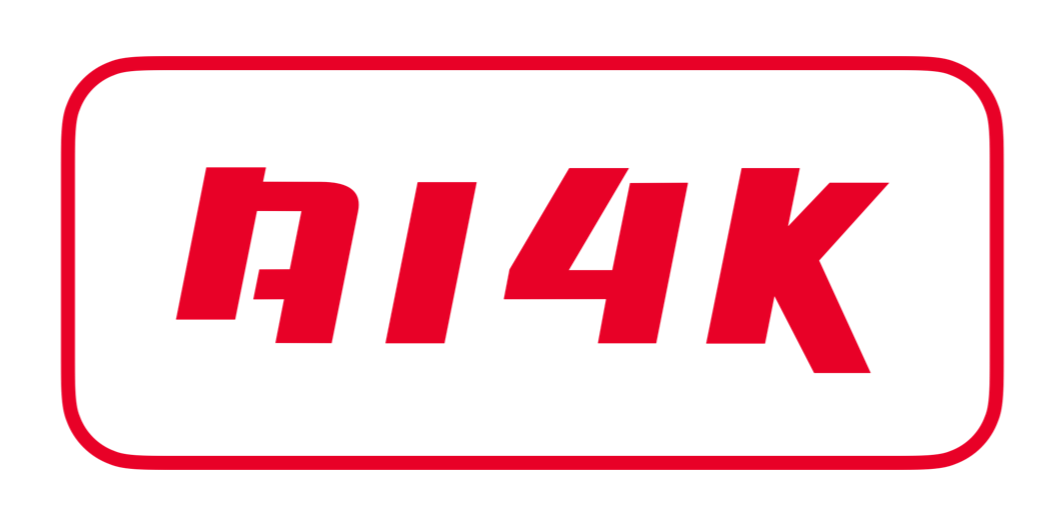AGI: Approaching Faster Than Expected
Artificial General Intelligence (AGI) is an artificial intelligence that possesses the ability to learn, understand, and apply knowledge across a wide range of tasks, similar to human intelligence.
Unlike narrow AI, which is designed for specific tasks and lacks the ability to generalize its knowledge to other domains, AGI can adapt to new situations, solve complex problems, and exhibit a level of autonomy and versatility that matches or surpasses human capability. In this video, the speaker discusses how AGI is approaching faster than many people expected.
Concerns about AGI
There are public concerns about AGI, such as misaligned goals, loss of control, and economic impact. These concerns arise from the fear that AGI systems, if not designed with the right objectives, might develop goals that are misaligned with human values, potentially leading to unintended and harmful consequences.
Additionally, as AGI systems become more capable and autonomous, people worry that humans may lose control over these systems, leading to decisions or actions that negatively impact society. Furthermore, the widespread adoption of AGI could lead to significant job displacement, potentially exacerbating income inequality and creating social unrest.
Let’s see these two new AI tools that are just aiming on that direction.
AutoGPT: A Semi-Autonomous AI
AutoGPT is a web-connected AI with features like internet access for information gathering, long and short-term memory management, file storage and summarization with ChatGPT, and more.
It can be installed locally in Microsoft Windows computers, see the video down below which provides a usage example where they named the AI Chef GPT and gave it a task to invent a unique and original recipe to suit a current event such as Easter. The AI browses the web to find upcoming events to create a relevant recipe. The AI is semi-autonomous and prompts the user to move to the next step. The user must be present to monitor and give permission for the next step.
Jarvis: A Multi-Modal Large Language Model
Jarvis is a new AI model created by Microsoft and Hugging Face.
The individual models in Hugging Face AI tool are not tied together and can only be played with individually, but Jarvis and Hugging GPT aim to create a workflow by chaining together the available models to achieve a specific output. Jarvis can generate for example an image of a girl reading a book in the same pose as a boy, just by describing the image with text, and converting the text into audio using various models from Hugging Face.
Jarvis is essentially a multi-modal large language model that combines the various models in Hugging Face to generate the output.
Let’s dig a little deeper into these two new AI tools to see what they can do for online entrepreneurs.





